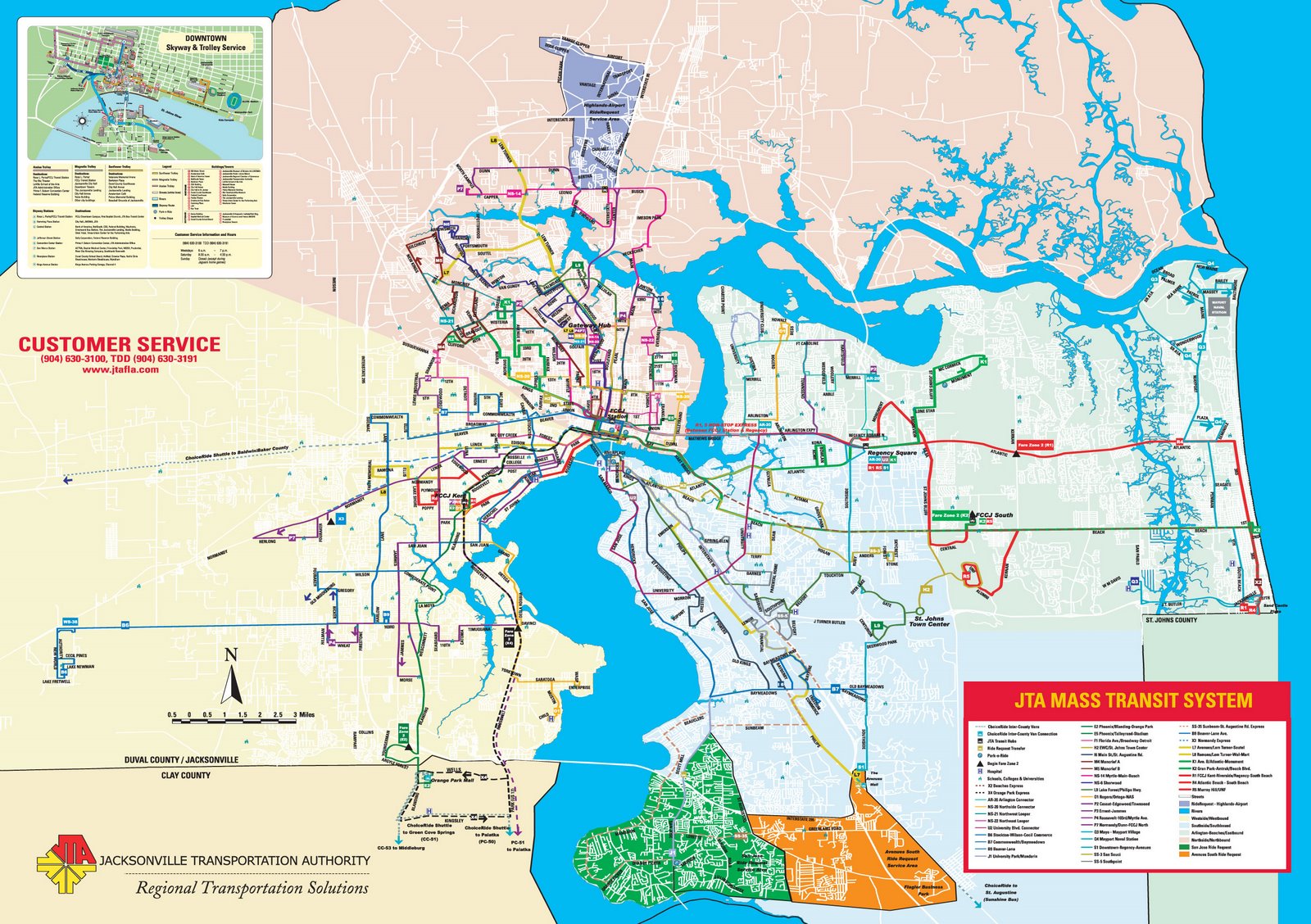

 Photos of the Shweeb System test track, Imagine Berkman, Baptist, Hyatt, Landing, Cummer, Atena, Prudential, MOSH, Maritime Museum, Shipyards, Strand, Peninsular, Ruths Chris, Brewing Company, Marina, Friendship Fountain... IMAGINE - JACKSONVILLE - IMAGINE!
Photos of the Shweeb System test track, Imagine Berkman, Baptist, Hyatt, Landing, Cummer, Atena, Prudential, MOSH, Maritime Museum, Shipyards, Strand, Peninsular, Ruths Chris, Brewing Company, Marina, Friendship Fountain... IMAGINE - JACKSONVILLE - IMAGINE! July 23, 2008 The Shweeb is a monorail for human-powered vehicles. It consists of two 200 metre long overhead rail circuits that vary in height between two and four meters above the ground. Under the tracks hang high performance pedal powered vehicles. Between one and five vehicles can be loaded onto each track enabling teams to race each other or race against the clock. Conceived in Tokyo by designer Geoffrey Barnett, the adventure park ride he built in New Zealand is partially a proof-of-concept for an ingenious, high efficiency, no emission urban transport system.
The Shweeb Race thru Space adventure park ride is part of the Agroventures all weather adventure centre within the grounds of the world famous Agrodome near Rotorua in New Zealand. Given the levels of adrenalin involved in that lot, the human-powered Shweeb surprisingly holds its own. As the bikes http://en.wikipedia.org/wiki/Bicycle run on low-resistance tracks and the pods are far more aerodynamically efficient than a bicycle, with less frontal area (the rider is recumbent), most riders can see speeds of 45 kmh and on a longer circuit with a much longer straight, much higher speeds can be expected. Whatsmore, in corners, the pods swing out as much as 60 degrees on tight turns, but unlike a bike or motorcycle, there is no danger of losing traction and crashing. Those who have tried it report exceptional fun.
Recently, fully-faired recumbent bicycles have attained speeds of over 90kph (56mph) on pavement . However, recumbent bicycles are unstable, highly-susceptible to side-winds topple and their low profile makes them a dangerous prposition to use in traffic due to their low visibility.
Barnett has spent six years developing how to efficiently transfer pedal power to drive wheels enclosed within a monorail track while allowing the vehicle to swing freely underneath. The hard wheels on the steel rail mean that there is very little rolling resistance.
Barnett describes his high efficiency, no emission urban transport system thus: “Here’s How It Works . You get up in the morning; descend to the second level of your apartment building where there’s a Shweeb port and empty Shweebs waiting for you. You cruise over the top of the traffic jams. You don’t pay parking. You’ve produced no pollution. You arrive at work fit, healthy and ready to go.
“You don’t own the Shweeb. You use it like a shopping cart. Empty vehicles are restocked to wherever they are needed.
“Shock absorbers between the vehicles ensure that vehicle come together smoothly. When a fit rider comes up behind a slower rider, the impact is cushioned and they act as a single unit. The rider at the rear is sitting in the slipstream of the leading rider and is able to put all their power into pushing the lead vehicle. Two Shweebs acting together will always travel faster than either rider separately. Even if the lead rider were to stop pedalling, the energy required to maintain a vehicle’s momentum on a flat track is minimal.
“Stations are off line. Anyone wanted to get off just merges off the main rail and the platoon continues at top speed.
“The urban Shweebrail network is inexpensive, has a tiny footprint, and each Shweebway requires only a square metre of airspace…It’s safe, silent and sustainable.”
JTA? Want to blow away the competition? Want to be the envy of every system in the nation? Want green? Want attraction? Want community relations? Lets Move!


























